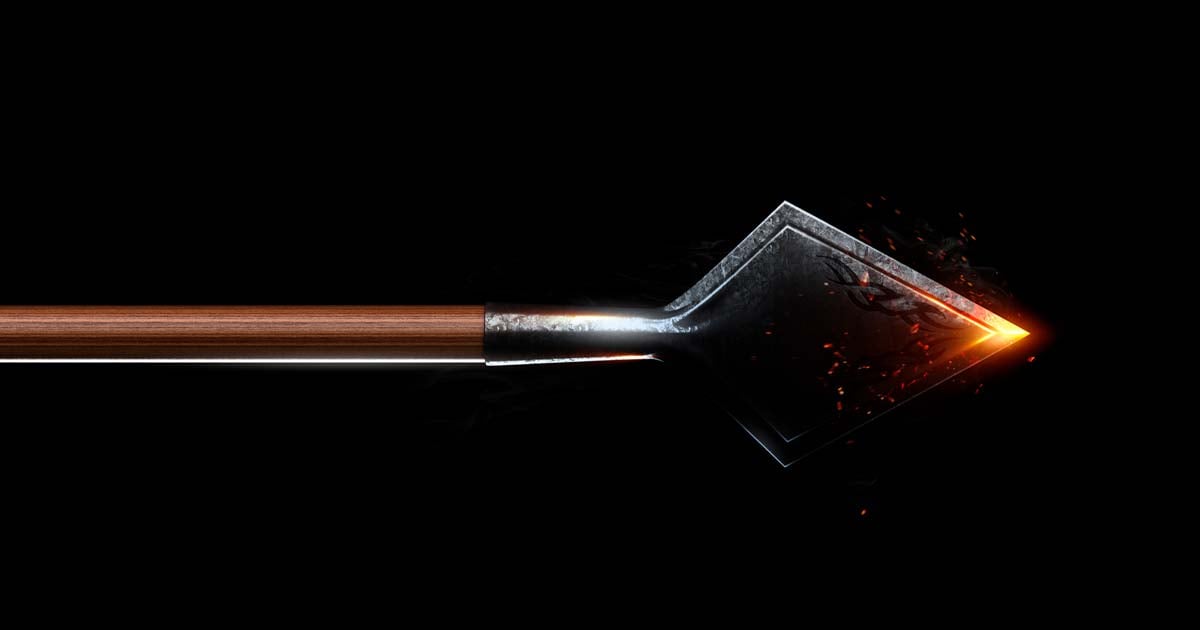Six Medieval Arrow Types, Each With a Deadly Purpose (Video)
In medieval warfare , archers relied on six key arrow types, each with a specific function. These arrow types were the Plate Cutter, Needle Bodkin, Barbed Type 16, Leaf Shape, Swallow Tail, and Crescent arrows. The Plate Cutter arrow excelled at piercing heavy armor , making it ideal for combat against heavily protected opponents. The Needle Bodkin arrow, designed for targeting lightly armored foes, could exploit vulnerabilities in armor or find gaps to penetrate. For maximum damage , archers employed the Barbed Type 16 arrow, which caused severe internal injuries and proved difficult to remove due to its multiple barbs. The Leaf Shape arrow featured a broadhead resembling a leaf, causing deeper wounds and increased blood loss upon impact.
To improve accuracy over long distances, archers utilized the Swallow Tail arrow, characterized by a wide, concave tip that enhanced stability during flight. The Crescent arrow, with its curved tip, was effective at hooking onto shields or armor, making it harder to dislodge and increasing the likelihood of causing damage. These six arrow types were crucial tools in medieval warfare, addressing different targets and combat situations. From penetrating armor to maximizing damage and increasing accuracy, archers utilized these arrows to gain an advantage on the battlefield.
- Advances in Medieval Knight Armor Could Not Match Weapon Technology!
- Study Reveals Medieval Longbows Were As Devastating As Modern Guns
Top image: Medieval arrow. Source: spf / Adobe Stock.
By Robbie Mitchell
Related Post
The entire tomb is filled with signs and symbols that mention Queen Nefertiti and after some time passed and linguistic experts managed to decipher the stories told here, the team was baffled.
The mystery of the Solar Temple of Abu Gurab and its “Star Gate” comes to light
Thuya, the mother of Queen Tiye, left a monumental legacy by becoming the grandmother of Akhenaten and Tutankhamun.
The oldest traditions lead us to believe that blacks were the first inhabitants of Mexico.
The REAL face of King Tut: The pharaoh had feminine hips, clubfoot, and protruding teeth according to the ‘virtual autopsy,’ which also revealed that his parents were brother and sister.
The “oldest gold of humanity” was found in the Varna necropolis, on the Bulgarian Black Sea coast
